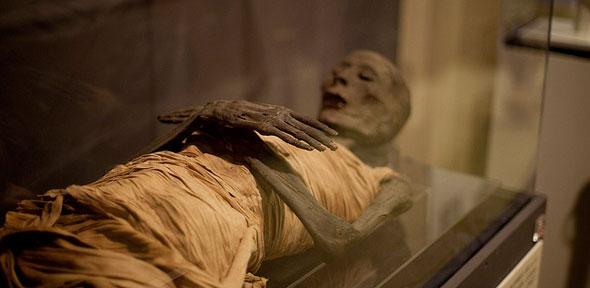A study, published on 30 May, in Nature Communications journal that includes data from 90 mummies, revealing that these mummies are closely related to ancient Middle Easterners, implying that North Africans have different genetic roots. The mummies were more related to ancient Europeans and Anatolian than to modern Egyptians. “Our analyses reveal that ancient Egyptians shared more ancestry with Near Easterners than present-day Egyptians, who received additional sub-Saharan admixture in more recent times,” according to the study. The mummies belong to only one archeological site, it was a home to a cult of Osiris, god of the dead, and the site is located 70 Kilometers south of Cairo. The DNA of the mummies found in Abu-sire El-Malek archeological website, buried between 1380 bc, during Egypt’s New Kingdom, and ad 425 in the Roman era, was subject to one of the biggest genetic analyses ever conducted. In the study, it was revealed that the DNA was extracted from teeth and bones. Researchers admitted that their sample may not be representing all of ancient Egypt. The DNA technique was not used before as the mummified soft tissues are contaminated, hence it made…
Scientists Study Genomic Information from Mummies to Explore Ancient Egyptians’ Ancestry
June 1, 2017



